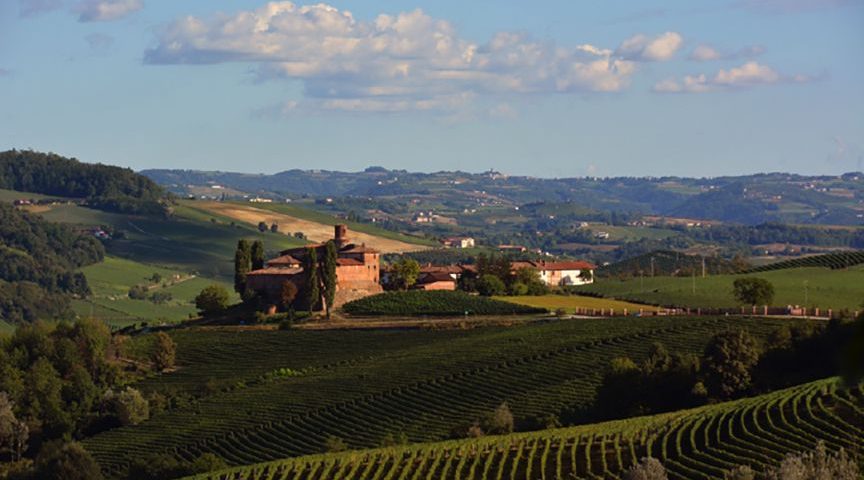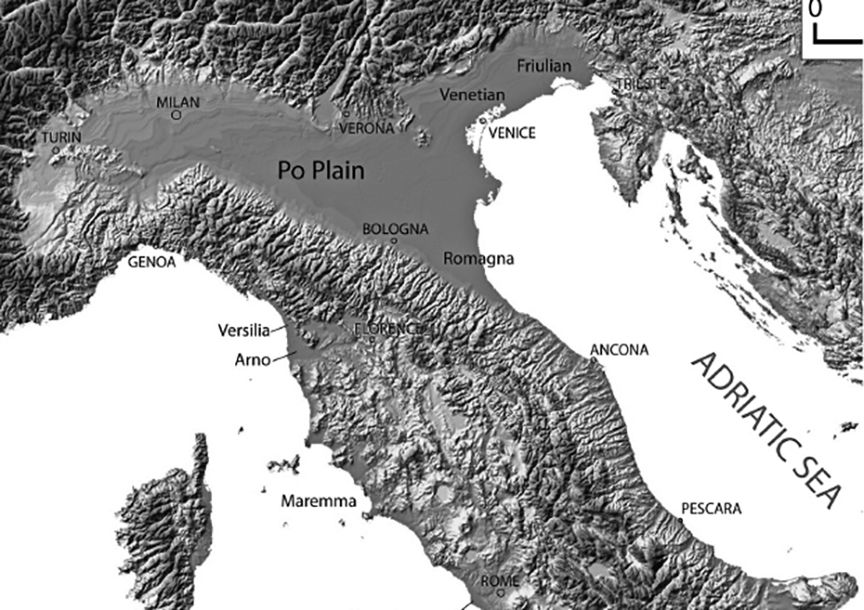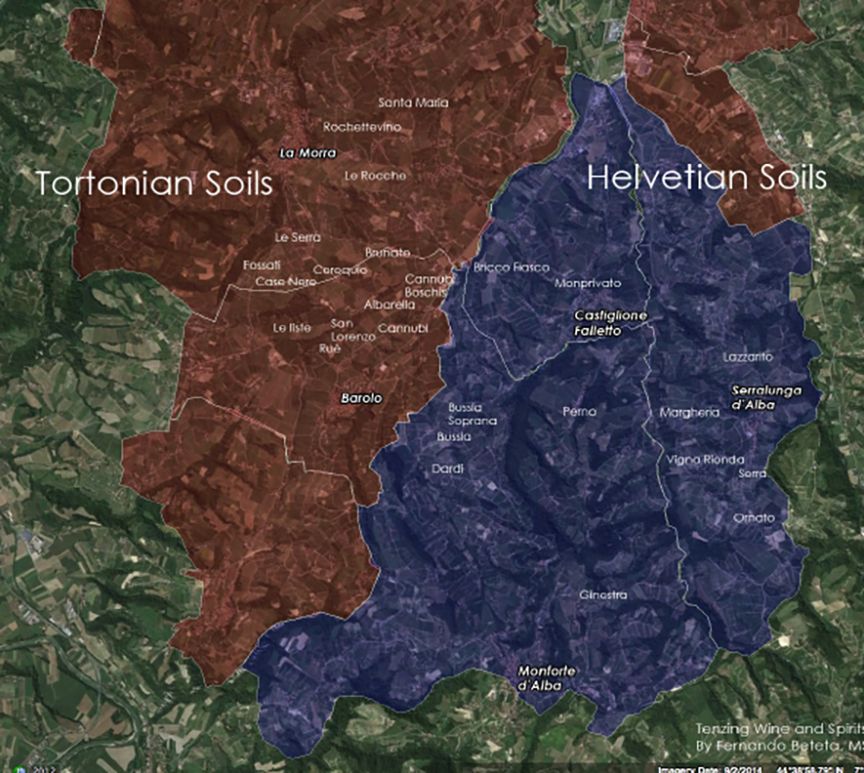Barolo 101 with Dino Tantawi (welcome to our new blog!)

Cascina Ebreo, a cult Barolo that’s never lost its magic
May 19, 2016Barolo 101 with Dino Tantawi (welcome to our new blog!)

Welcome to our new blog!
This post is the first in a series devoted to Italian and Austrian wine education.
It’s based on a seminar that Vignaioli founder and owner Dino Tantawi holds regularly in New York City for his sales staff and clients.
Look out for more from Dino’s seminars as well as posts featuring our producers and their wines as well news and updates on events and tastings.
Thanks for being here!
BAROLO 101
by Dino Tantawi
founder and owner
Vignaioli America
BAROLO
100% Nebbiolo
Max Yield: 8,000 KG / Hectare
Minimum 38 Months of aging, 18 months of that in wood
Released January 1st of the 4th year after harvest
Minimum 12.5% ABV
APPELLATION
Between the Maritime Alps and the Apennines of the Italian Riviera among the Langa hills in the southern part of the Region of Piedmont.
The name ‘Langa’ signifies ‘tongues of land’, describing the shape of these steep-sided elongated hills which run parallel to one another and are separated by high, narrow valleys.
The Apennines protect the hills from currents of air arriving from the sea.
Warm air from the Mediterranean blocks air coming down off the Alps and prevent cold currents from the north from hitting the hills.
The difference between the heat of day and cool nights in Summer increase the variety of aromas in the grapes which is the hallmark of this region’s structured and complex wines.
SOIL OF BAROLO

The soil is the result of the Padano Sea, which withdrew from the area around 16 million years ago, creating two distinct soil compositions from the components:
Calcareous Marn
Blue Marn
Chalk
Tufi
Sand
Clay
Barolo’s two soil types divide the region east and west along the Alba-Barolo Road
Looser Calcareous Marl Soil with Limestone & Sandstone
High in Iron & Phosphorus
Chalky Beige / Whiter
Less Fertile
Tortonian (west):
Compact Calcareous Marl Soil mixed with Sand & Clay
High in Magnesium & Manganese
Blue tinted / darker
More Fertile
Wines from Helvetian soils are typically:
Firm, very structured Tannins
Rigid Mouth Feel
Pronounced Earth tones
More “Brick” in Color
Mature more slowly
Wines from Tortonian soils are typically:
Softer, more elegant Tannins
Rounder Mouth Feel
Pronounced Perfumes
More Ruby in Color
Mature more quickly
Helvetian villages of Barolo:
Monforte d’Alba
Serralugna d’Alba
Castiglione Falletto
Grinzane Cavour
Tortonian villages of Barolo:
Barolo
La Morra
Novello
Verduno
Barbaresco is also characterized by Tortonian soil types.

